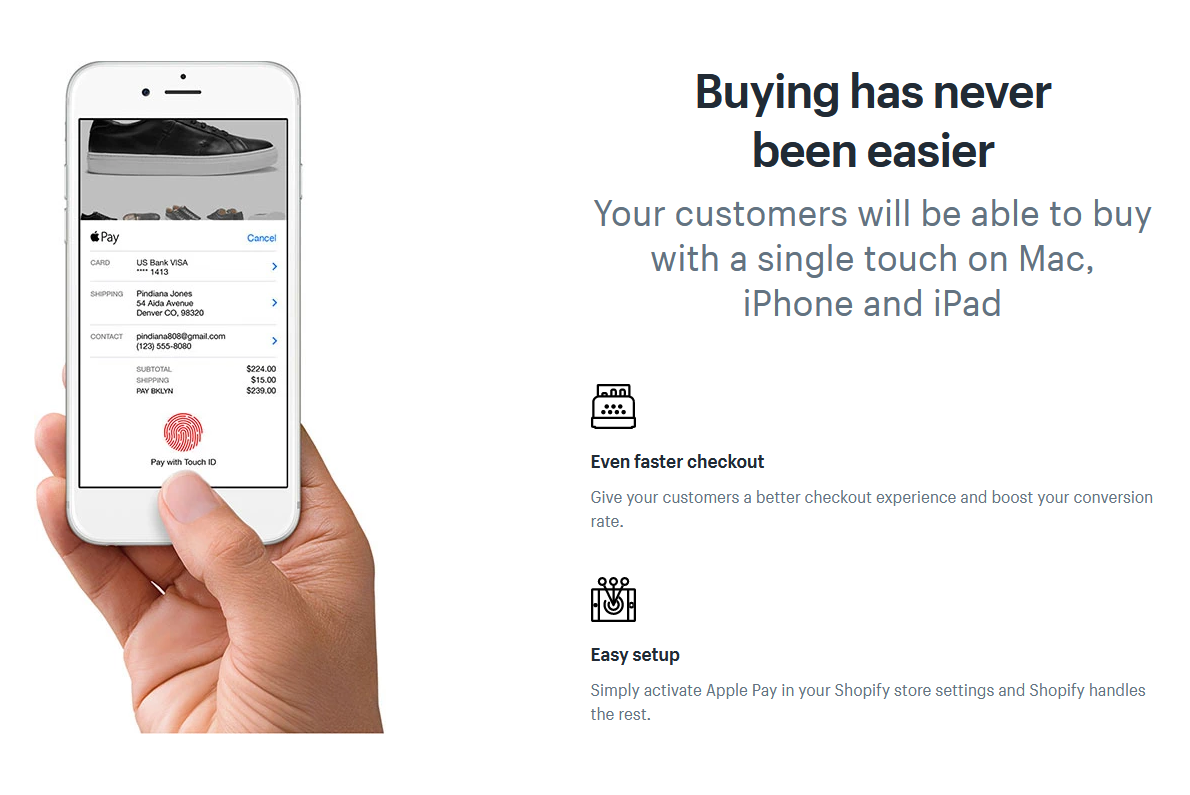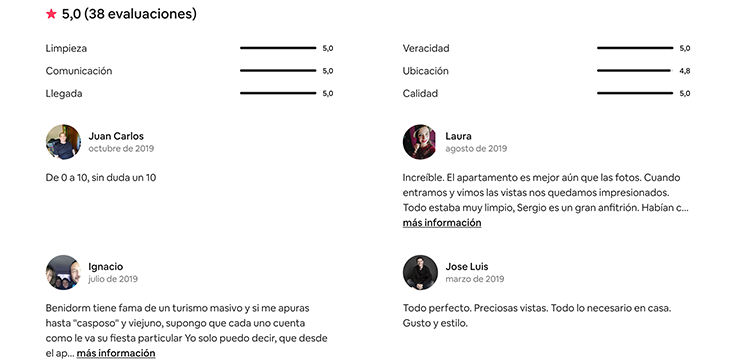Matt Grech
Content Marketing ManagerSmartling
eCommerce competition is at an all time high and everyone is stepping up their strategy to keep up and stake their claim. Shopify reported that global ecommerce sales are expected to top $4.2 trillion USD in just this year, and reach more than $6.5 trillion by 2023. And to achieve this, they expect more than 2.1 billion shoppers are expected to purchase goods and services online by 2021.
I personally can’t stop ordering off Amazon, or even buying small things I don’t really need just to support some local businesses. At the end of the day, eCommerce brands have an amazing opportunity to reach out to an audience they may have never sold to before.
But as many eCommerce experts note, it takes a particularly seamless experience to make sure buyers hit that check-out button, and keep coming back.
5 Ways You Can Make Your eCommerce Site More Compelling
Are you searching for ways to help your brand stand out during and far beyond the eCommerce boom? If so, there are plenty of tools to help make your eCommerce site more compelling to attract more visitors, and transform them into loyal and repeat customers.
1. Frictionless Payment
Frictionless payment is probably something everyone can appreciate, as long as it is secure. Industry professionals continuously search for ways to reduce or eliminate customer friction, which is anything that gives consumers pause when deciding to buy.
Purchasing becomes so simple and organic that consumers can quickly and easily make a purchase amid natural environments and everyday activities. Developers are working on introducing and enhancing frictionless payments, minimizing purchasing barriers and shopping cart abandonment for online stores.
And Apple Pay is the perfect example with overwhelming success, as 64% of mobile phone owners have used their device to make payments.

Thankfully it doesn't require much heavy lifting, either. Shopify makes it really easy for brands to incorprate Apple Pay right on their eCommerce sites.
2. Consider Transcreation
There is translation, and there is transcreation. The difference between the two comes down to creating an authentic experience for your audience. Transcreation means that you go the extra steps—beyond strict translation of words from one language to another—to convert your advertising or marketing copy from one language to another.
This type of translation emphasizes on maintaining the original copy's context, tone, style and intent, which will help maintain your brand and product message to convert overseas visitors to enthusiastic and loyal shoppers.
It's important to work directly with your translators to develop the most authentic content as possible, as well. Smartling makes it really easy to get in touch with your translators and even respond to any issues in a Slack channel. Translators are your cultural experts, and can help you transform your content for a completely new culture.
3. Authentic Photos
Most consumers can spot a stock image pretty quickly, which may or may not deter them from exploring your product further. Especially when you’re considering localizing content, you want to include authentic photos to highlight your brand and each product you place in your store.
You don't have to go overboard either. You simply have to provide customers with realistic photographs that put your brand and offerings in the best light. Here are a few considerations for authentic photos:
- Focus on eCommerce localization with local models, locations and styles.
- Concentrate on putting your product in the best light since consumers can visit any vendor for a competing product. Provide a clear basic image of the photo, then add the option to see images of it from all angles with the option to zoom in to see small settings and other details.
- Use a plain background for your product, which further emphasizes the item.
If you take a look at Nike's homepage for the U.S., there's a prominent feature on Michael Jordan and his sneakers.

Yet when you flip to Brazil, there's a feature of a new popular shoe in that market.

This is just a quick example of how brands should be tailoring their experiences for different regions. Utilizing one single blanket website, jsut translated, doesn't always come across as authentic.
4. Multilingual SEO
If you want to bring in traffic, your website needs to be easily found. Simple as that. And that carries even further when we’re talking about selling globally.
Search Engine Optimization is the key that will unlock that door for you, but more specifically, multilingual SEO. In a global market, it is crucial to understand where your traffic is originating from, so you can tailor your content directly for those markets.
Also known as geotargeting, using international SEO and translation tools allows you to optimize your website for all relevant countries and languages.
Utilize keyword tracking tools to determine exactly how users are searching for your product or brand, and incorporate those keywords directly in your content for those specific markets.
5. Machine translate user-generated content
User-generated content has become an invaluable tool in marketing. Business Wire shares that 97% of consumers consult user reviews to inform their buying decisions, so there is no doubt you need to ensure that all your customers have a voice in any and every language.
Customers count on user reviews and insight to let them know more than whether the product was what they expected. It gives them insight into the entire experience with your brand, giving readers cues whether their investment in your business and product is worth their time.
Just think about it, would you buy a product without reading reviews? I can’t remember the last time I ordered anything on Amazon without at least checking the star rating. Translating all of that content is one of the easiest ways to create an authentic experience.
And when it comes to localization, brands can quickly machine translate any user-generated content to deliver that authenticity without the overhead of professional translating thousands of comments.

Airbnb is the perfect example of how translating user reviews leads to a much more authentic experience. Users can now read about these individual's experience directly instheir own language, without having to try and transalte it themselves.
Optimize your global eCommerce experience
Its all about creating a sticky and frictionless experience -- remove the decisions that users need to make in order to find the product they need and click on that check-out button.
And especially when we talk about selling globally, you need to consider the authenticity of your experience to ensure that buyers feel a personal connection to your content.







